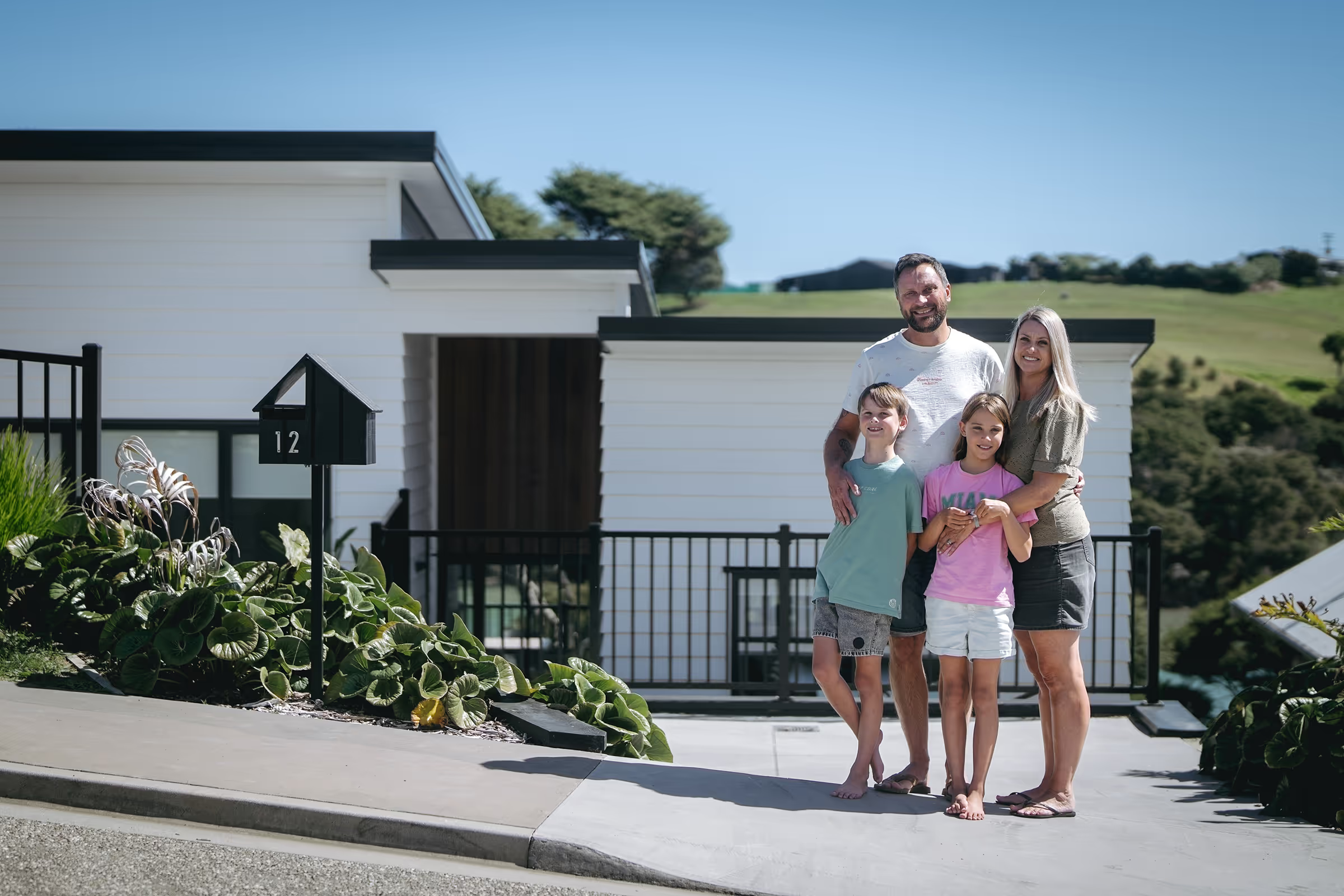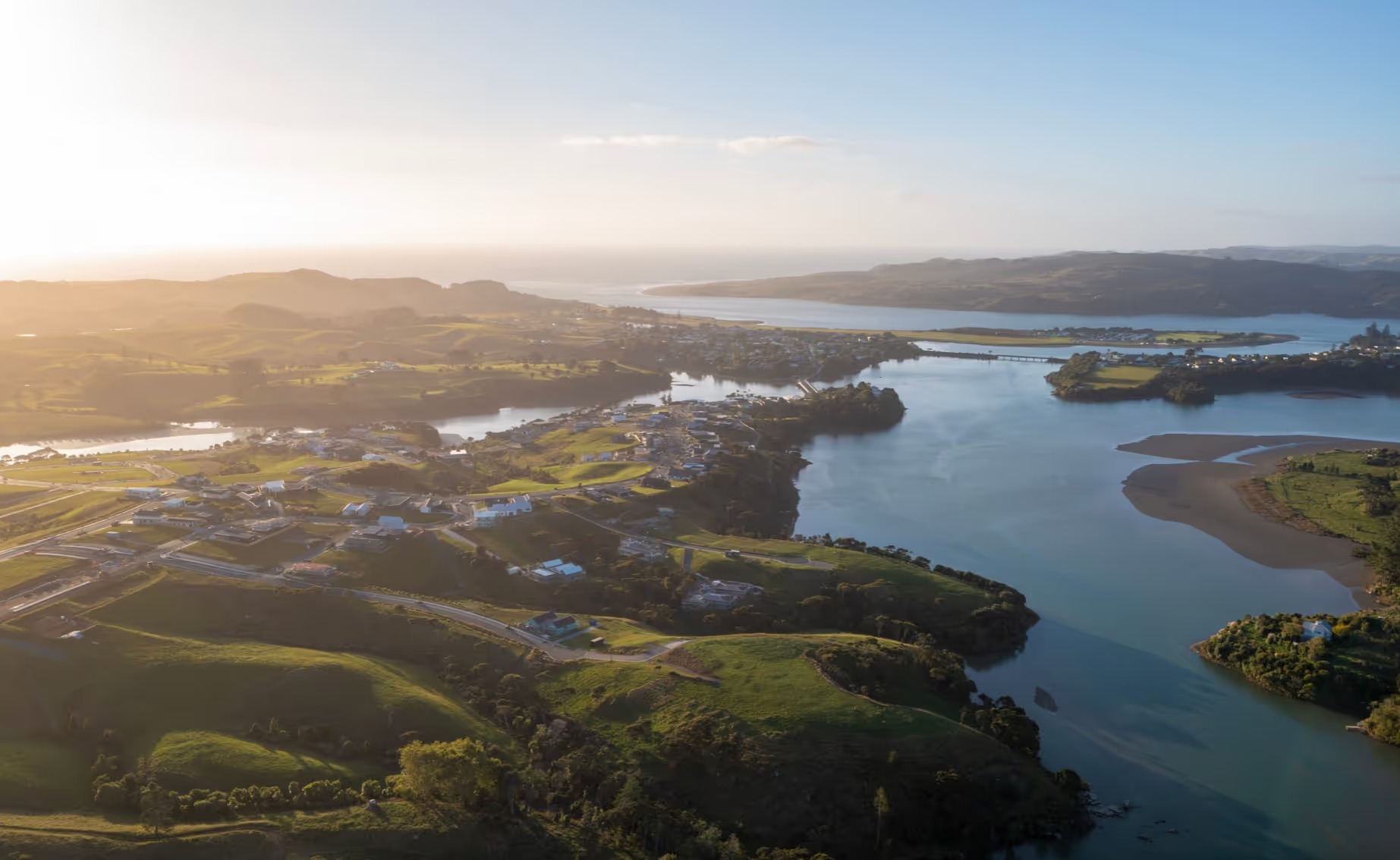Outdoor Heating Solutions
Outdoor living is becoming an integral part of residential architecture. With the footprint of houses becoming smaller many people look for ways to expand their living area into the outdoors by creating functional outdoor living spaces.One way of expanding the use of your patio, deck or alfresco area is to install outdoor heating so you can extend the usability of this space throughout the different seasons. This article looks at the different outdoor heating sources and how they can be incorporated into your new home design.
Wood fires:
Wood fires are the more popular choice in New Zealand – nothing beats a raging wood fire on a cool night. In addition, the heating output of a wood-burning fireplace is around 35kw, vs. gas fire output of about 16kw, making them a far hotter solution for that cold autumn and even winter night. Wood burners also benefit from being multi-use by adding in cooking functions. Often wood burners come with attachments, such as pizza ovens or cooking racks, which create a wonderful social aspect to enjoying the evening nights. Large wood burners make a remarkable centrepiece for your alfresco area. With the inclusion of decking, furniture, and even a louvre pergola, you can create another living space that can be used all year round. If budget and space are restricted, smaller standalone wood burners can be moved around as needed while still radiating out heat and allowing some cooking functions.
Some key things to consider when installing an outdoor wood burner:
- Is my Woodburner multi-use – can I add in attachments so that I can cook on it?
- Wind positioning, most NZ prevailing winds come from the west. Can I position my burner to have its back to the wind?
- Neighbours – Check the position of your wood burner so they are not affected by smoke, and check that you are not too close to their boundary.
- Consent – when having a wood burner as part of a new build, you will need to include this in your plans that go to the council – discuss this with your architect or builder.
- Budget - If you have a budget of under $5000, you may want to consider a free-standing wood burner or a smaller pizza over style. $5000-$10,000 would provide a substantial built-in wood burner with plenty of cooking options. Above $10,000, you can look into custom-made opens and different custom finishes. With all wood burners, if you can get your hands on a supply of wood, they are the most cost-effective option for ongoing running costs.




Gas fires:
Gas heaters provide the convenience of instant heat and ambience. They are ready to go with the push of a button and require no prep, chopping of wood or clean up afterwards. While the heat output isn’t as high as the log fires, this is often not an issue if used under a covered alfresco area.There is an extensive range of gas fires to choose from – starting at floor standing portable heaters right up to large inbuilt fireplaces. Depending on your facilities, these can be supplied by in-line natural gas or LPG tanks. Note – Rangitahi has no natural gas lines in place, so you need to use either portable 9kg gas cylinders or delivered 45kg gas cylinders to fuel these heaters.A bonus of gas fireplaces is that you do not need any clearance areas or flues, so they can be installed straight into any timber-framed or mason cavity, which can make them more versatile and sleek. This is an excellent option if you prefer the heater to fit into the surroundings rather than become the centrepiece.
Some things to consider when buying a gas heater:
- Available space - how much space you have in your outdoor patio will determine the size of the heater; if your area is limited, consider a free-standing gas heater that can be wheeled into place as needed.
- Consent - any inbuilt gas fireplace will need consent from your local council and will need t to be professionally installed and hooked up to a gas main.
- Budget - Portable patio heaters can start at as little as $300. Table gas heaters or gas firepits are around the midrange price of $5000 and at the top of the range for fully inbuilt large gas heaters sitting up around $14,000
- Temperature - As gas heaters don’t output as much heat, you will need to consider the weather conditions and the space you are trying to heat; this may help determine the size or the gas heater you will require.


GD6 - The Fire Dept

Electric Heaters:
If using outdoor heaters is not a regular occurrence, then electric heaters might be your best bet. They are usually a lower cost to purchase, but as with internal heaters, electric heaters are often more expensive to run. But this balance can make them a great choice for occasional and directional heating.Electric heaters come in different forms and are a fantastic option for keeping the heating aesthetic at a minimum. Some of the more popular options are wall-mounted, ceiling-mounted, freestanding, and under table.Electric heaters mostly use infrared heating (aka radiant), which means that they don’t heat the air but instead send heat directly to the people close to them. The benefit of this is that the heat can be directed to exactly where required, even more so when used in an enclosed space such as a covered patio where the ceiling can trap and disperse the heat.
Some things to consider when purchasing an electric heater:
- Size- electric heaters do not output as much heat as wood burners, so it is important to understand the square meterage of the space you are heating, and you may need to get more than one heater to cover this area
- Look – Electric heaters can be very minimal, especially when they are wall or ceiling mounted, making them a great option for those with smaller spaces.
- Weather – Depending on the climate you live in, you might find that electric heaters just don’t quite cut it, or they are only more suited for the warmer months.
- Budget – Electric heaters are usually more affordable to purchase, with entry-level wall heaters starting from as little as $199 and larger free-standing electric heaters at around $2000
- Salt Air – In Rangitahi and other coastal areas, there is a certain amount of salt in the air, so check that your electric heater will not rust or deteriorate quickly in these conditions.



.svg)





































































































.svg)